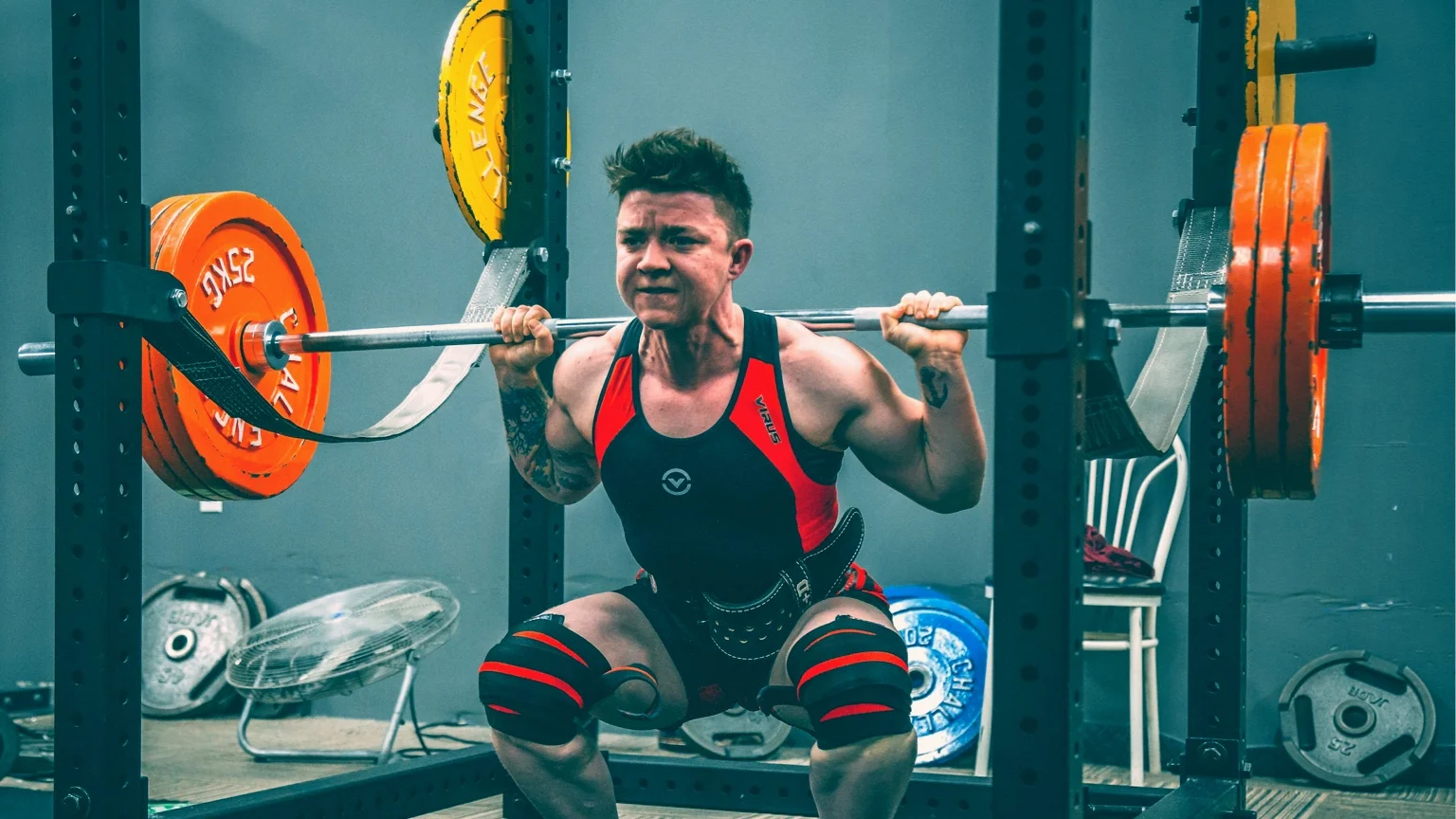
From Rehab to the Platform: The Return-to-Sport Mindset for Powerlifters
Recovering from a significant powerlifting injury is a two-part battle. The first part is the physical rehabilitation: working with a therapist, restoring range of motion, and rebuilding initial strength. The second, and often harder, part is the mental transition from a "rehab mindset" to a "performance mindset." This is the journey from simply training around an injury to once again trusting your body and pushing for new PRs. This guide outlines the key psychological and programming steps in that crucial transition.

The Rehab Mindset vs. The Performance Mindset
-
Rehab Mindset:
- Focus: Avoiding pain, protecting the injured area.
- Internal Dialogue: "Is this going to hurt?" "Be careful."
- Goal: Restore function.
-
Performance Mindset:
- Focus: Executing a lift with maximum force and perfect technique.
- Internal Dialogue: "Be aggressive." "Push the floor."
- Goal: Increase performance.
The transition involves gradually and intelligently shifting from the first mindset to the second.
Phase 1: Bridge the Gap with "Confidence Reps"
Once your physical therapist has cleared you for a return to normal lifting, you don't jump straight back to your old numbers. You must rebuild trust.
- The Goal: To accumulate a large volume of successful, pain-free repetitions. Every rep you complete without pain is a piece of evidence that tells your brain, "This movement is safe."
- The Method: For the first few weeks, your main lifts should be performed with very light weight for higher reps (e.g., 3-5 sets of 8-10 reps). The weight should be light enough that there is zero question in your mind that you can complete the set pain-free.
- The Psychology: This phase is not about building strength; it's about desensitizing your nervous system and breaking the psychological link between the movement and the memory of pain. This is a key principle in modern pain science, as discussed by resources like Barbell Medicine.
Phase 2: Re-introducing Intensity with RPE
After a few weeks of confidence-building volume, you can start to gradually re-introduce intensity using RPE (Rate of Perceived Exertion) as your guide.
- The Goal: To slowly increase the load while letting your body's daily readiness dictate the weight on the bar.
-
The Method: Start by programming your top sets with a very conservative RPE cap.
- Week 1: Top set of 5 @ RPE 7
- Week 2: Top set of 5 @ RPE 7.5
- Week 3: Top set of 5 @ RPE 8
- The Psychology: RPE allows you to push yourself, but with a built-in safety valve. It gives you control and prevents you from making a large, scary jump in weight that could trigger your fear of re-injury.
Phase 3: Leaning on Objective Data
Your feelings can be unreliable during this time. Rely on the objective data from your training log.
- Track Your Progress: Seeing the numbers on the page go up week after week, even by small increments, provides concrete proof that you are getting stronger and staying healthy.
- Use Video: Film your lifts. You might feel hesitant or weak, but the video might show the bar moving smoothly and fast. This objective feedback can be incredibly powerful for rebuilding your confidence.
The journey from rehab back to the platform is a test of patience and intelligence. It requires a structured plan to gradually re-introduce load and a conscious effort to rebuild the trust between your mind and your body. By using confidence reps to build a pain-free foundation, using RPE to slowly ramp up intensity, and relying on objective data to guide your progress, you can successfully bridge the gap from rehabilitation to peak performance.








